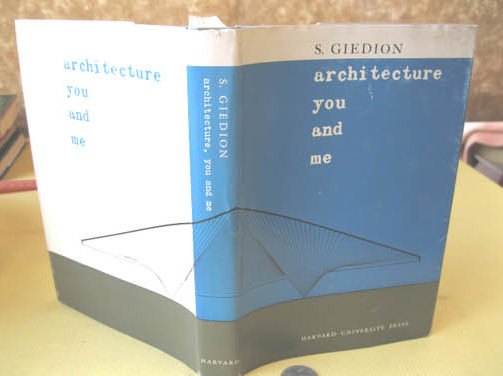Malkit Shoshan: Atlas Of The Conflict, Israel-Palestine (2010/2012)
Filed under book | Tags: · architecture, history, israel, palestine, politics, urban planning, war

The Atlas of the Conflict maps the processes and mechanisms behind the shaping of Israel-Palestine over the past 100 years. Over 500 maps and diagrams provide a detailed territorial analysis of the Israeli-Palestinian conflict, explored through themes such as borders, settlements, land ownership, archaeological and cultural heritage sites, control of natural resources, landscaping, wars and treaties. A lexicon, drawing on many different information sources, provides a commentary on the conflict from various perspectives. As a whole, the book offers insights not only into the specific situation of Israel-Palestine, but also into the phenomenon of spatial planning used as a political instrument.
In the early 20th century, waves of Jewish immigrants swept across the country of Palestine, seeking to impress onto it a new nation. It took over 50 years of local and international transitions to redeem the land; dressing it with uniformity, a new identity, a new landscape, a new people and a new culture while ignoring an existing landscape, an existing people, an existing culture and an existing nation.
In 1948 one nation celebrated its formal recognition by the international community and the other grieved amidst its ruins. This atlas of the Israeli-Palestinian conflict maps the processes and mechanisms behind the modification of the country during the past 100 years, both on a policy level and in its implementations on the ground. With over 500 maps and diagrams this is an indispensable reference book on the conflict. There are lessons to be learnt from the atlas on a broader front, from the withdrawal of the colonial powers in the early 20th century to the forced division of the Middle East and the ongoing wars and disputes over territory and resources.
Maps, plans and diagrams give a neutral, apolitical overview of the protracted conflict in Israel and Palestine.
The book won the Leipzig Art Book Fair’s Golden Letter award for “most beautiful book in the world.” Malkit Shoshan is an Amsterdam-based Israeli architect and founder/director of FAST (Foundation for Achieving Seamless Territory).
Originally published by 010 Publishers, Rotterdam, 2010
Publisher Publication Studio, Portland, OR, 2012
Jank Edition series
ISBN 9789064506888
478 pages
review (Yousef Munayyer, Palestine Center)
review (Esther Zandberg, Haaretz)
review (Régine Debatty, we-make-money-not-art.com)
more reviews
PDF (low resolution, 82 MB)
PDF (high resolution, 389 MB)
Jeffrey Saletnik, Robin Schuldenfrei (eds.): Bauhaus Construct: Fashioning Identity, Discourse and Modernism (2009)
Filed under book | Tags: · architecture, art, bauhaus, copyright, critical theory, design, painting, photography

Reconsidering the status and meaning of Bauhaus objects in relation to the multiple re-tellings of the school’s history, this volume positions art objects of the Bauhaus within the theoretical, artistic, historical, and cultural concerns in which they were produced and received.
Contributions from leading scholars writing in the field today – including Frederic J. Schwartz, Magdalena Droste, and Alina Payne – offer an entirely new treatment of the Bauhaus. Issues such as art and design pedagogy, the practice of photography, copyright law, and critical theory are discussed. Through a strong thematic structure, new archival research and innovative methodologies, the questions and subsequent conclusions presented here re-examine the history of the Bauhaus and its continuing legacy. Essential reading for anyone studying the Bauhaus, modern art and design.
Publisher Routledge, an imprint of Taylor & Francis, 2009
ISBN 0415778360, 9780415778367
304 pages
Siegfried Giedion: Architecture, You and Me: The Diary of a Development (1956/1958)
Filed under book | Tags: · architecture, art, city, history of architecture, painting, sculpture, urbanism

Collection of essays from 1937-1956 by an influential Prague-born and Switzerland-based historian and critic of architecture.
First published in German as vol. 18 of the Deutsche Enzyklopaedie under the title Architektur und Gemeinschaft by Rowohlt, Hamburg, 1956
Translated by Jaqueline Tyrwhitt
Publisher Harvard University Press, Cambridge, MA, 1958
221 pages
Review: Harold Ehrensperger (The Saturday Review).
Comment (0)
